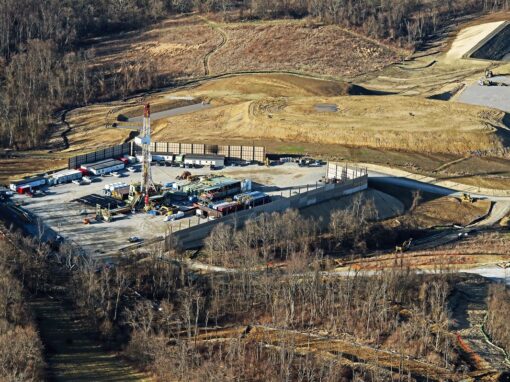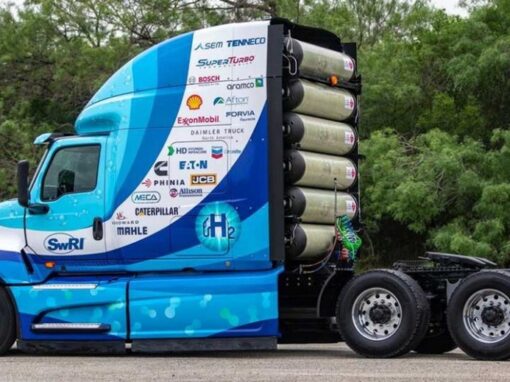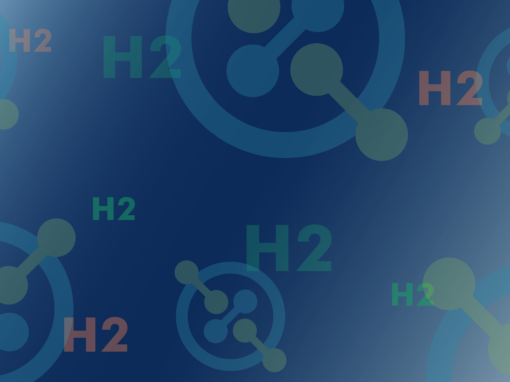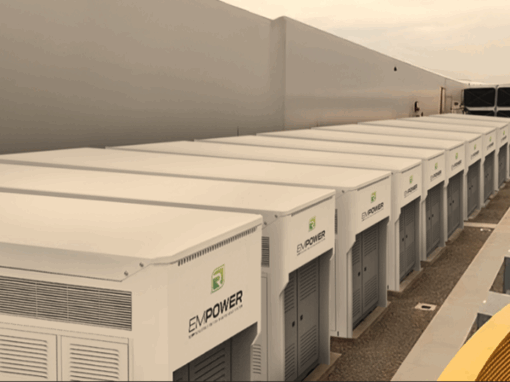Since FCHEA’s last blog post on hydrogen and fuel cell use in rail applications, and an earlier one on the U.S. National Zero-Emission Freight Corridor Strategy, there have been quite a few exciting developments from FCHEA members and partners working to ensure the hydrogen trains stay on track.
United States (U.S.)
California is still the focal point for hydrogen-powered rail in the U.S. Sierra Northern Railway (SERA), based in West Sacramento, completed testing of the first four-axle zero-emission hydrogen-fueled fuel cell switching locomotive in April 2025. SERA is currently assembling and testing three more hydrogen switching locomotives with plans to finish in late 2027.
This project was funded through a $4 million grant from the California Energy Commission and included a range of partners, including FCHEA member Ballard Power Systems, which provided the fuel cell system. Ballard signed a new supply agreement in June with SERA for 12 of its FCmove®-XD engines (totaling 1.5 megawatts) that will be used for the three locomotives being built. In February, SERA acquired the assets of RailPower LLC, another partner on the project, and plans to retrofit existing older diesel locomotives with fuel cells.
Earlier this year, the San Bernardino light rail began operation as the first hydrogen-powered passenger rail in the U.S. Ballard is supplying 6 100 kW fuel cell engines to the project.
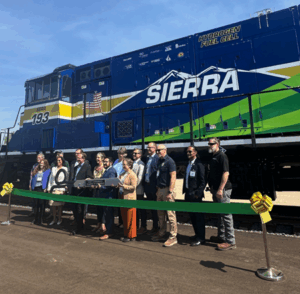
Source: Ballard
Elsewhere in the state, FCHEA member Hexagon Purus entered into a multi-year agreement with Stadler, a manufacturer of rail applications, to provide its Type 4 hydrogen fuel storage systems to Stadler for deployment in California. The Type 4 hydrogen fuel storage systems will be produced in Hexagon Purus’ facility in Kassel, Germany.
The California Air Resources Board was awarded $36.5 million in October 2024 by the Federal Railroad Administration, through its Consolidated Rail Infrastructure and Safety Improvements (CRISI) Grant Program, to replace 10 diesel locomotives with nine battery-electric locomotives and one hydrogen fuel cell locomotive, which will be acquired by the Sacramento Valley Railroad.
Other FTA funding went to rail projects in Pennsylvania and Colorado:
- $48.4 million to East Erie Commercial Rail in Pennsylvania for research and development of dual-fuel combustion engines using hydrogen and liquid hydrogen. FCHEA member Wabtec is working with Linde and Greenbrier and will conduct testing at the Transportation Technology Center in Pueblo, Colorado.
- $11.7 million to Colorado State University-Pueblo for safety experiments and testing of rail vehicles powered by compressed hydrogen and compressed natural gas. The University of Hawaii and OptiFuel are partners in this work.
In Huntington, West Virginia, CPKC and CSX Transportation will form a joint venture to build and deploy hydrogen locomotive conversion kits for diesel-electric locomotives. CSX will convert one of its diesel locomotives using a hydrogen conversion kit developed by CPKC.
Europe
The FCH2RAIL project was highlighted in our last blog and recently was completed in June 2025 after a little more than four years. FCH2RAIL successfully demonstrated the first hydrogen bi-mode train in Spain and Portugal, running in challenging climate and terrain in electric mode, in the electrified area, and in hybrid mode, using both fuel cells and batteries in the non-electrified sections. FCHEA member Toyota was part of the consortium, providing its fuel cell modules to the project.
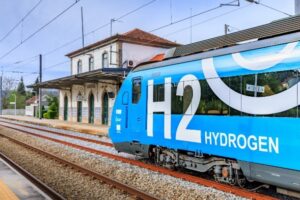
Source: FCH2 Rail
In addition to reporting on the train, the consortium published a paper on hydrogen refueling process for railway vehicles.
HY2RAIL, another European demonstration project detailed in the previous blog, is underway in Austria, with fuel cells provided by FCHEA member Cummins, through its Accelera unit. Accelera is also deploying its electrolyzer technologies to rail projects and was part of a successful four-month demonstration of a hydrogen-powered Coradia iLint train in Quebec in 2023.
In addition to the companies and projects listed above and profiled in our past blog posts and newsletters, FCHEA has many members that are either already involved in or offer fuel cell and hydrogen systems that fit the specifications and needs of the rail sector. To learn more about fuel cells and hydrogen and the benefits they provide for trains and other vehicles, please visit www.fchea.org or email us at info@fchea.org.
